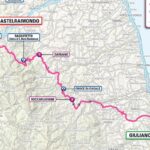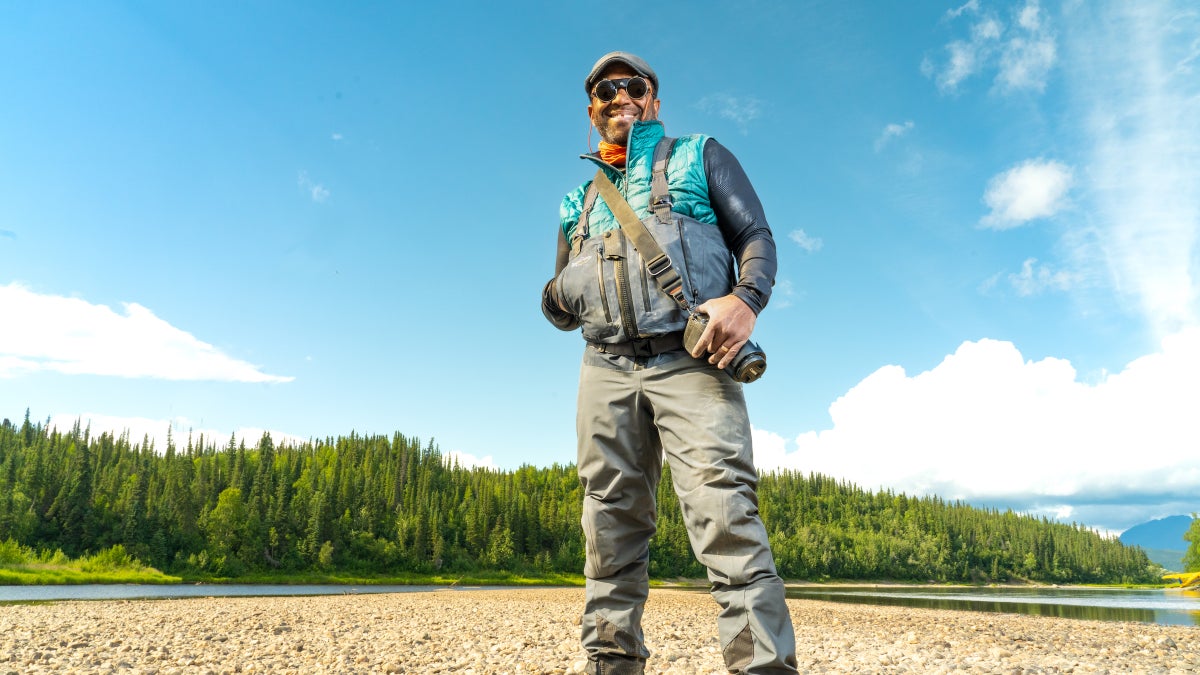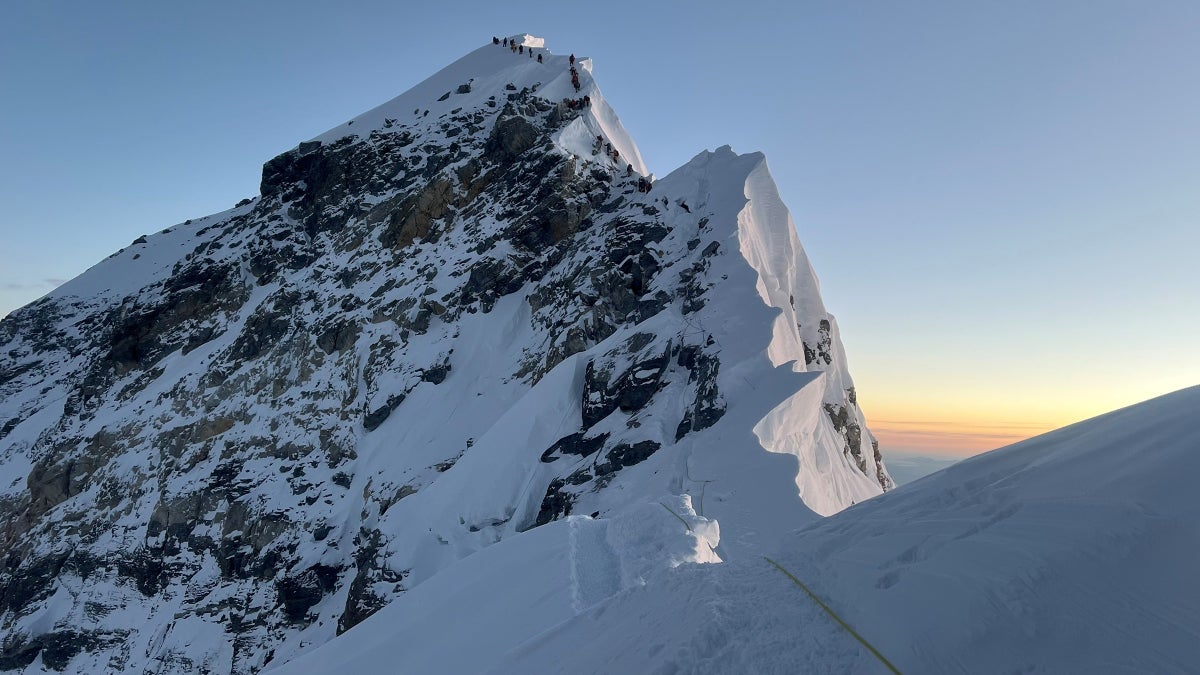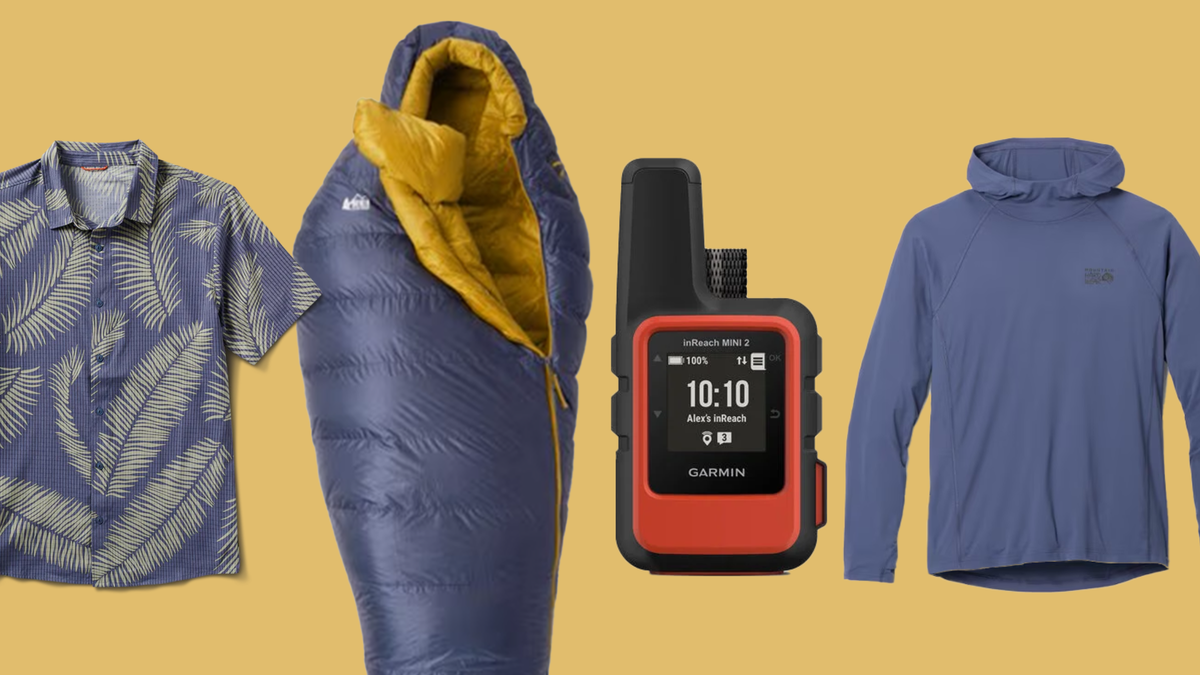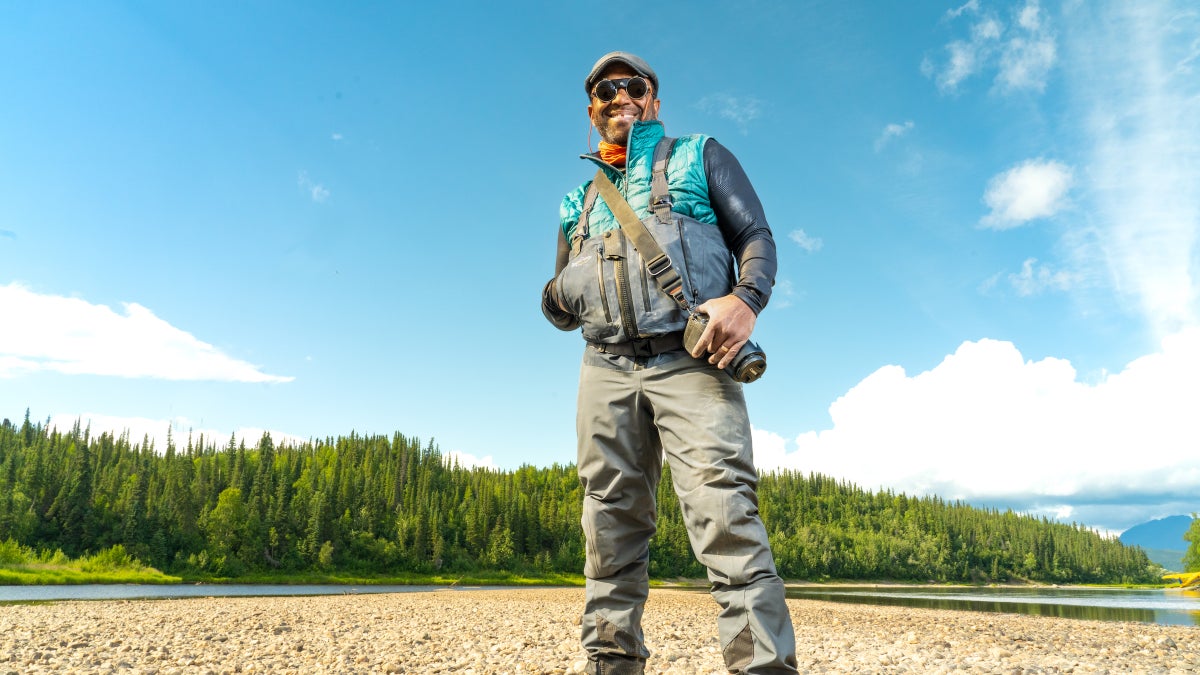
What’s your favorite national park? After two decades as a journalist with a specialty in outdoor recreation, that’s the question I am most often asked. I’ve had the pleasure of visiting most of the big ones. I’ve even led trips to Yosemite, Grand Canyon, Yellowstone, Zion, and Denali as a professional guide, and, most recently, as a national park expert for National Geographic Expeditions. Regardless of where I am or what I’m guiding, my clients all want to know the same thing: What park is the best?
That’s an impossible question to answer. As a man in his late 50s with no kids of my own, I imagine it’s what it must be like for parents to name their favorite child. I believe they would say, just as I do, “I love them all equally because each is precious to me.”
James Edward Mills Live at the Outside Festival
James Edward Mills will speak on a panel with other outdoor industry leaders, movers and shakers, May 31-June 1, at the Outside Festival, a celebration of the outdoors featuring amazing music, inspiring speakers, and immersive experiences.
Typically, that response is met with a heavy eye roll. Pressed to give a better answer, I’ll say, reluctantly, that I have two favorites: the one I was just at and the one I’m going to next.
Of course, I’m not suggesting that all national parks are the same. Each of the 63 federally managed sites designated for natural heritage preservation have exquisitely unique and awe-inspiring features across their 52 million acres. From the Grand Tetons to Delicate Arch, and from Joshua Tree to the Everglades, each park is different and special. But they all share a single unifying characteristic: each one is an expression of American democracy.
In 1983, the naturalist Wallace Stegner wrote a letter to National Park Service Director Russell E. Dickerson to advocate for the enduring protection of public land.
“National parks are the best idea we ever had,” Stegner wrote. “Absolutely American, absolutely democratic, they reflect us at our best rather than our worst.”
As America’s best idea, our national parks are a physical manifestation of our founding principles as a republic. Every park has been reserved for the “benefit and enjoyment of the people.” It is in these places where humanity is meant to gather, either in solitude or as a community, and experience the inalienable rights of life, liberty, and the pursuit of happiness.
Citizens and visitors alike come to our national parks to exercise our freedom as Americans. As a human right, everyone is entitled to sustainably camp, hike, ski, climb, and ride where legally allowed in our parks. Though this land was taken by force from Native people, our shared obligations of stewardship and preservation compel each of us to invest ourselves in the protection of our natural resources for future generations to enjoy.
So, I express my patriotic duty by enjoying them. In the face of the neglect and destruction of our public lands, it is up to each of us to show our support by visiting every national park we can. And in so doing, we must acknowledge the enduring conservation legacy of Native people, tread lightly, and encourage others to do the same.
“It’s a demonstration to those in the judiciary who see that Americans value their parks,” Charles Sams, former director of the National Park Service, once said. “That’s a democratic value. And so, I’ve learned in our democracy, if you want your democracy to thrive, you got to show up.”
Each of our national parks is an expression of what is best about America. Among the parks we love most, it’s impossible to pick a favorite. I, for one, love them all equally. From the last one I visited, to the one I’ll visit next, each is precious.
The post As America’s Best Idea, Our National Parks Are Precious. Here’s Why. appeared first on Outside Online.









